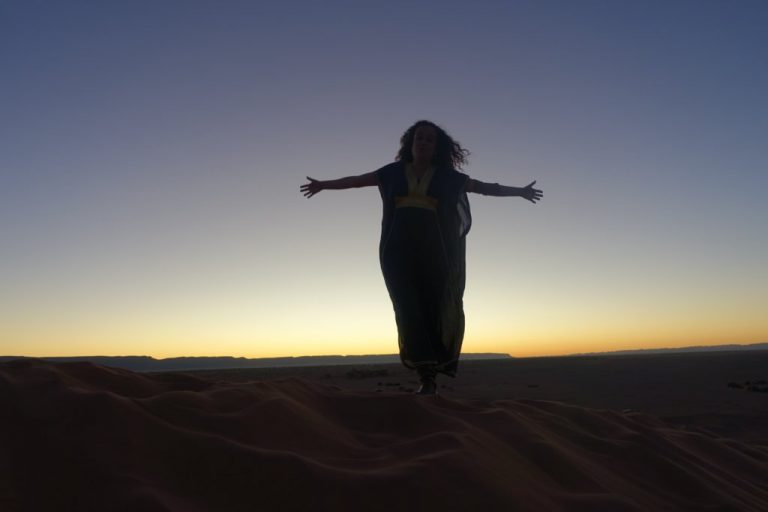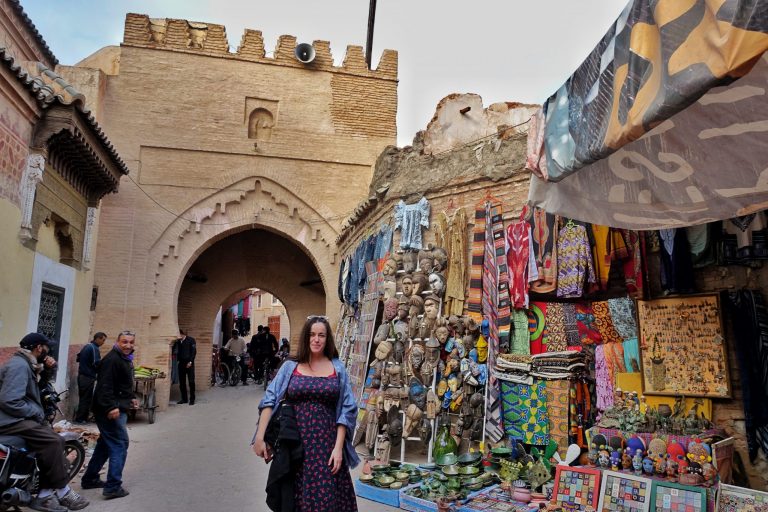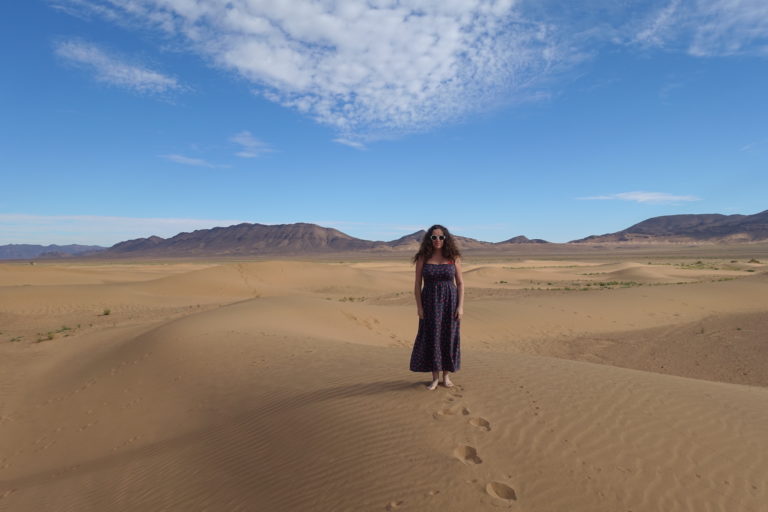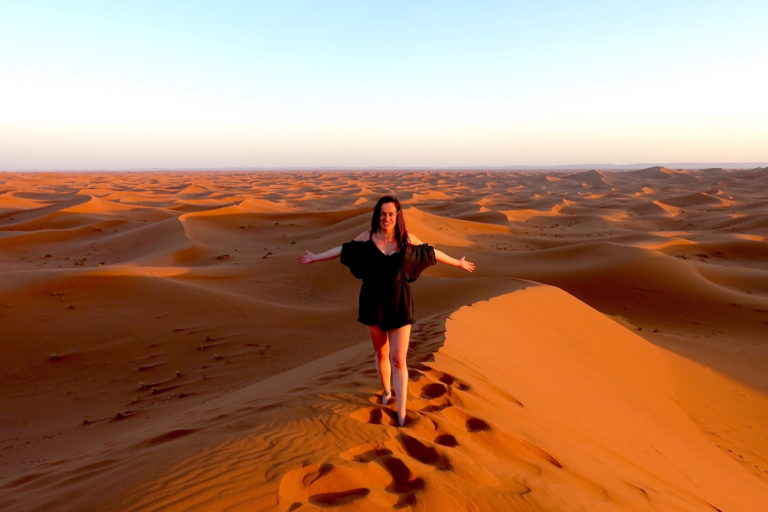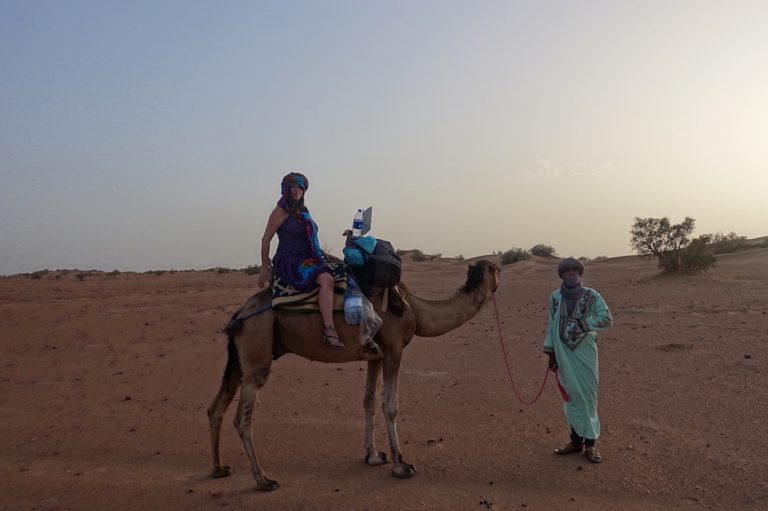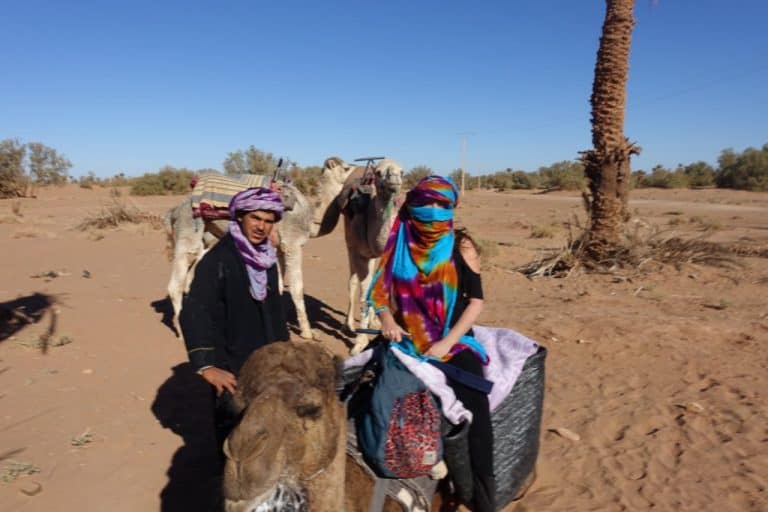ZAGORA: CLIMBING THE JBEL AND VISITING THE ZAGORA ZOUK
Arriving at Zagora airport and putting the first foot on the airport ground feels like an immersion into an alien world. There are reddish cues all around in a rocky desert landscape and the sun shines fiercely in the sky while a vast plateau closes (Hamada), with its mysterious an inviting beauty, all the visible horizon.
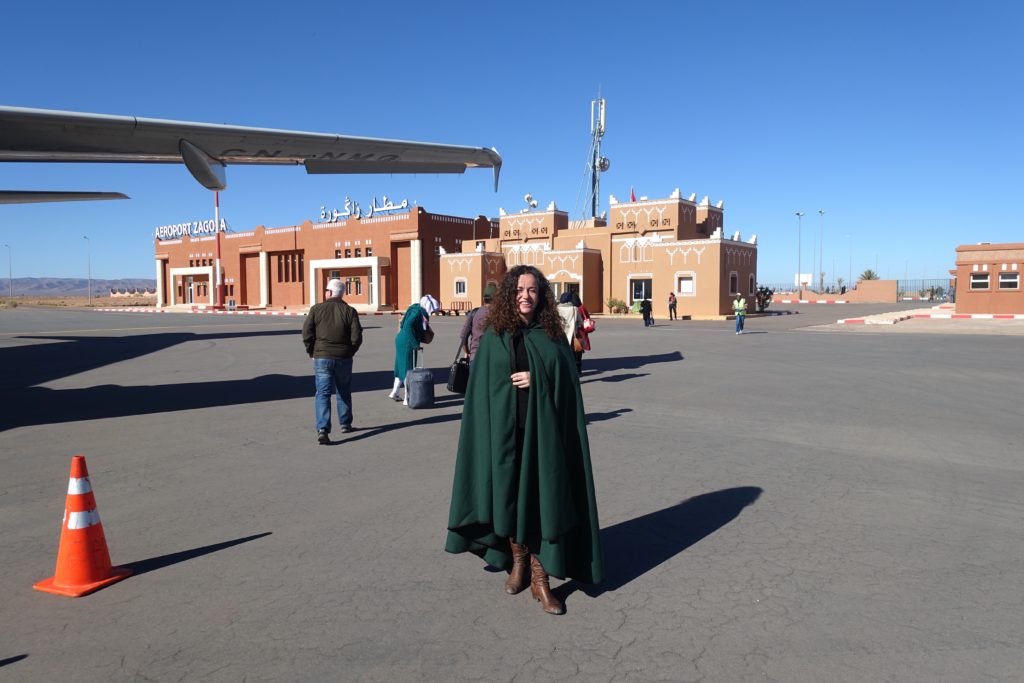
There is no hint of the town so I get a bit worried that it might be very far away, but I quickly manage to talk to some of the security people at the airport that tell me that it is only 20 minutes away by taxi. I look at the parking and I see no taxi so they call one for me and a couple of local girls who are living abroad and are coming to visit their families and we share the taxi and split the costs, as it is a common practice in Morocco.
The feeling that deeply impregnates all around is calmness and tranquillity, as if time is running a bit slower and I immediately can perceive my background noise thinking slowly fading away as I observe the scenery on the way to the “riad” and talk with the local girls on the taxi. They point me out to the local “souk” when we pass it by and recommend me to go there on Wednesday or Sunday when it is open.
Arriving at the “riad”, located a few hundred meters away from the centre, in the Amazraou village is an exquisite experience and I am amazed by the original architecture delimiting the different parcels in the palm grove.
Climbing the Jbel Zagora
After a couple of days rest, walking the streets of the town and relaxing sunbathing in some of the local cafes I tell the “riad” owner my intention to climb up the Jebel mountain to check the view from there as it seems to be a very convenient vantage point to observe the region.
An offering for a local guy to come with me is made so I accept and we start the hiking at 16:00 o´clock so I can see the mountain from there.
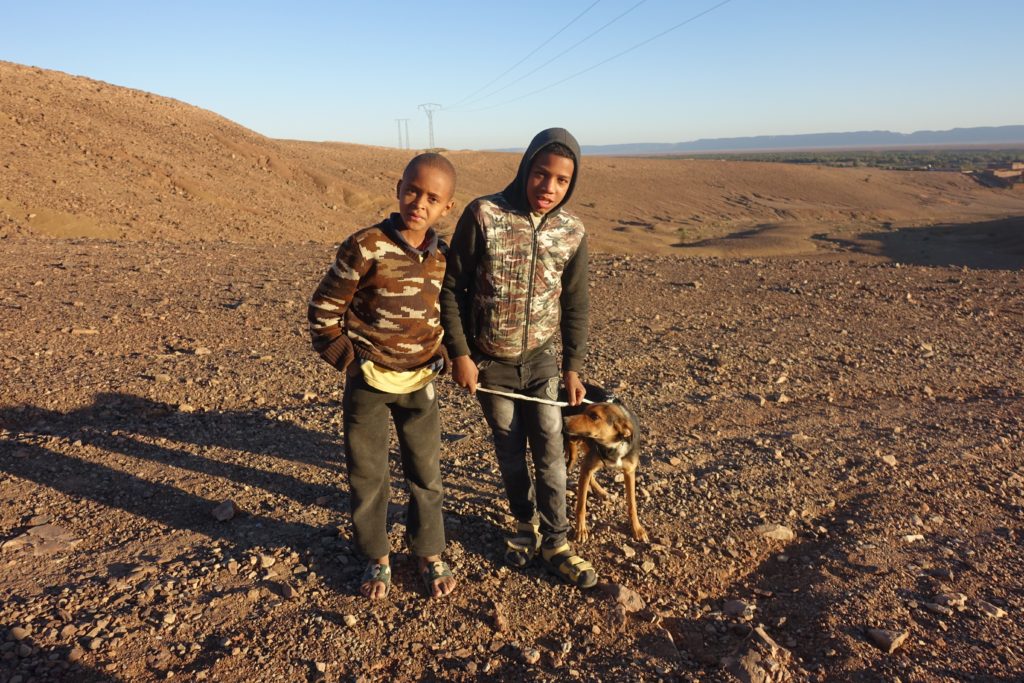
We do not use the conventional road but a path less travelled and more difficult as the guide is telling me that the view is better from there.
We leave the village behind and at the last bit of the village there is huge cemetery, as if the resting spot close to the mountain provides a corner of peace for the deceased. The view is stunning already from there and we find a couple of local kids with a dog that ask me to take a picture of them which really surprises me as most of the people in Morocco do not want to be in tourist pictures.
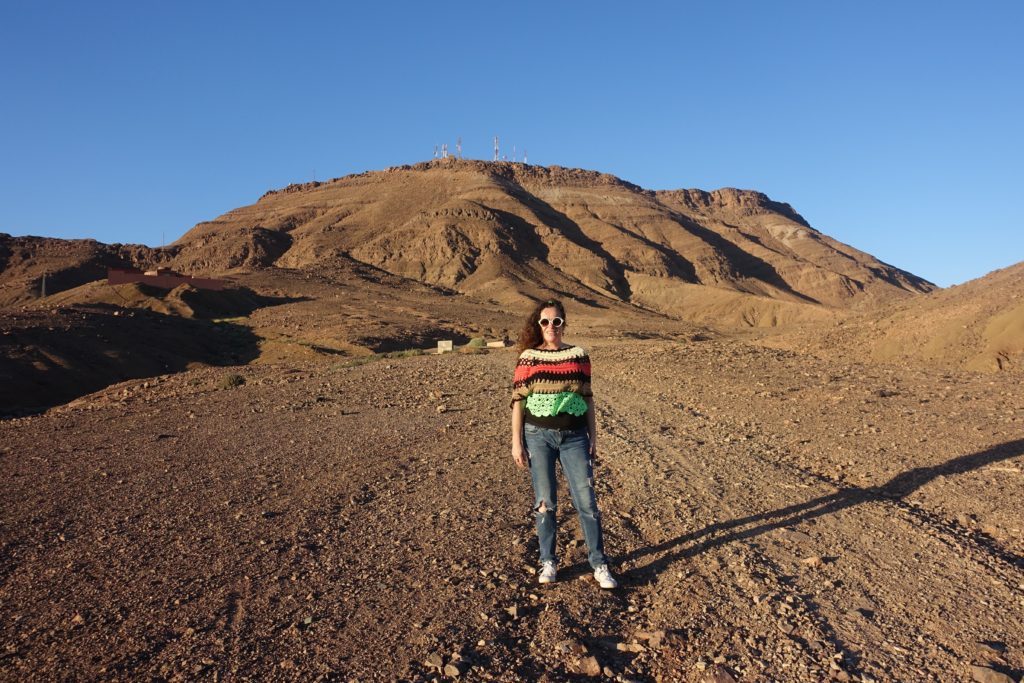
We start the climb and what it seems to be very easy and short at first, as there are lots of big stones. becomes quite challenging as we ascend. The terrain becomes more sandy and less rocky sandy and the chances of slippering become bigger. My guide keeps on repeating ¨Shway, Shway”, that is the Arabic term for “little by little” as he offers his help every time he sees me in some difficulty.
Unfortunately, as I am healing from an arm injury, and I cannot use it for support or grabbing I need to abort the climb a few meters from the top but it has not been a lost trip as the view from there is amazing and I can see the sun slowly sinking into the horizon while observing the magnitude of the valley and surrounding areas.
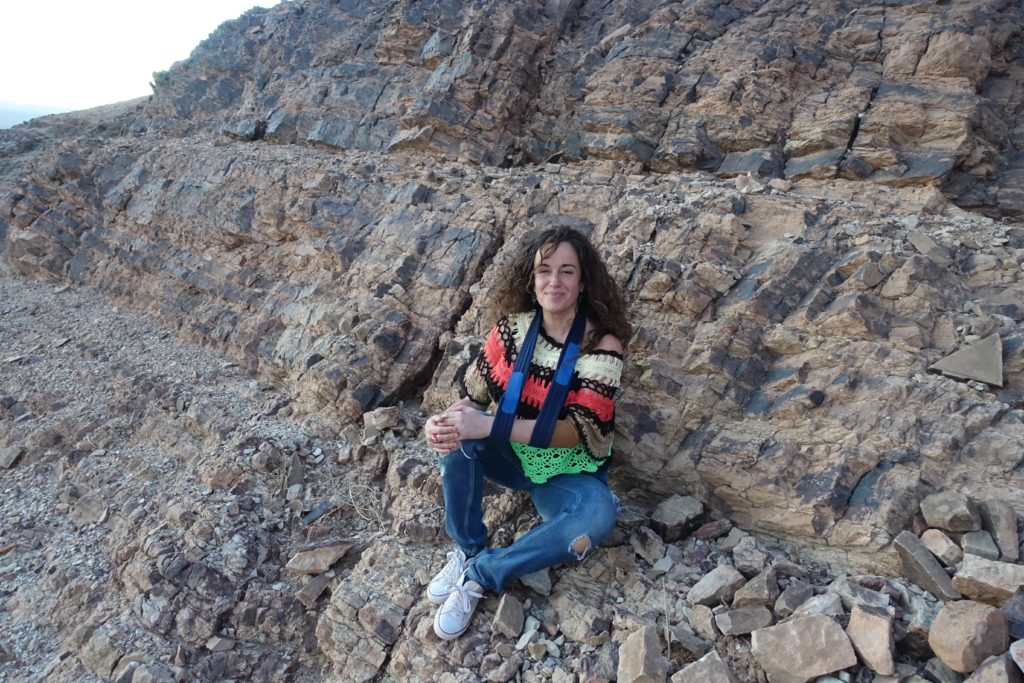
We slowly descend and take a collective taxi to Zagora centre as I want to visit the artisan market, that only runs twice a year to do some shopping.
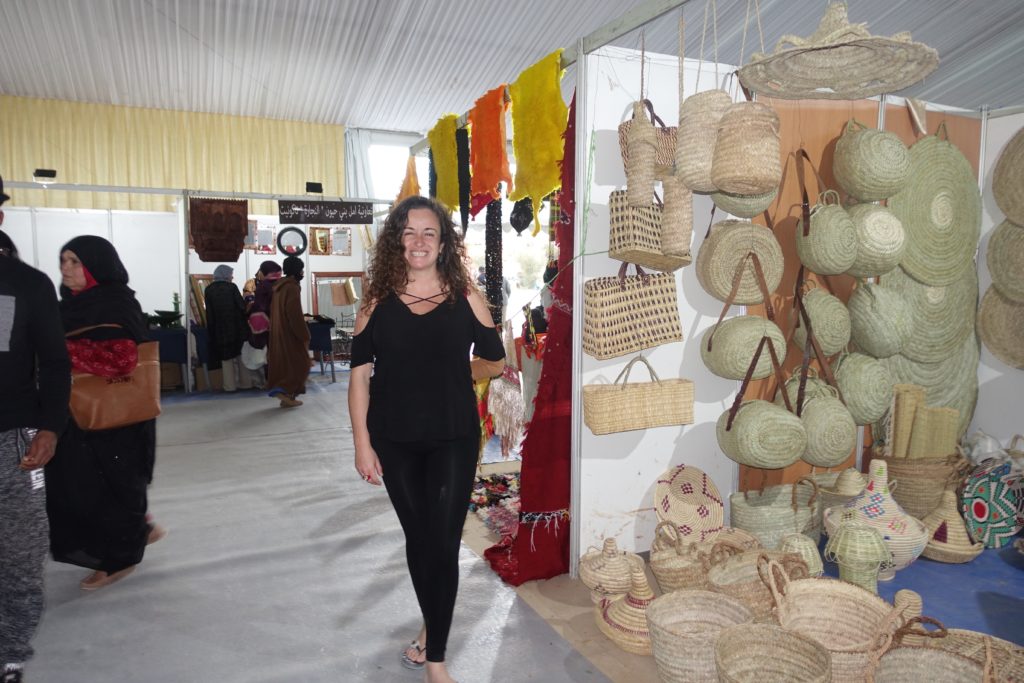
A stroll around Zagora souk
Zagora souk is open twice a week, on Sunday and Wednesday and strolling around the souk is a real local experience. You can talk to people without having the pressure you feel in other other touristic markets in Morocco.
It is located a couple of km from Zagora centre and you can get there, either walking or by collective petit taxi. Walking around the market is a beautiful experience but locals are not the happiest when you are taking pictures of them ,so if you would like to take some picture ask them politely as some of them will agree on it.
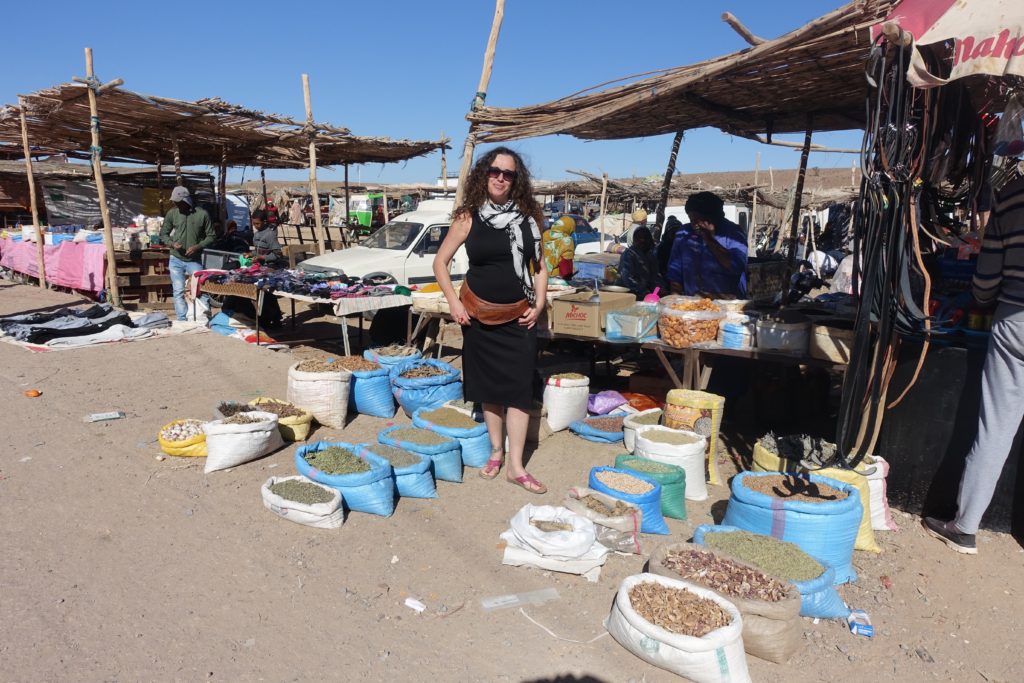
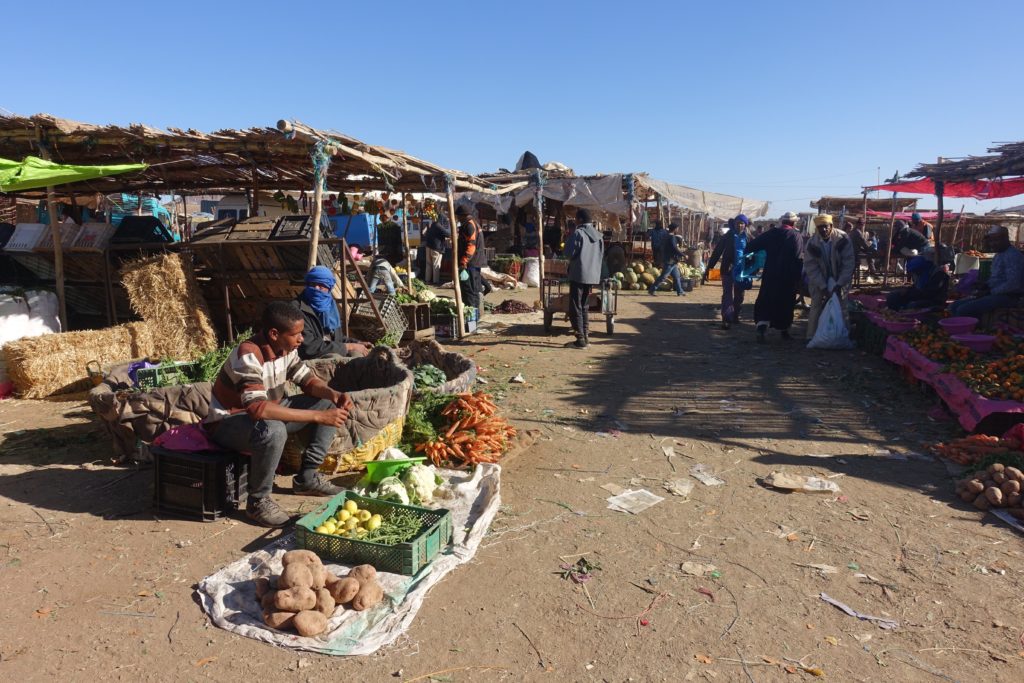
At the end of the market is the agricultural section of it and you can find goats and grass for sale among other things and it has a nice view on a deserted rocky area.
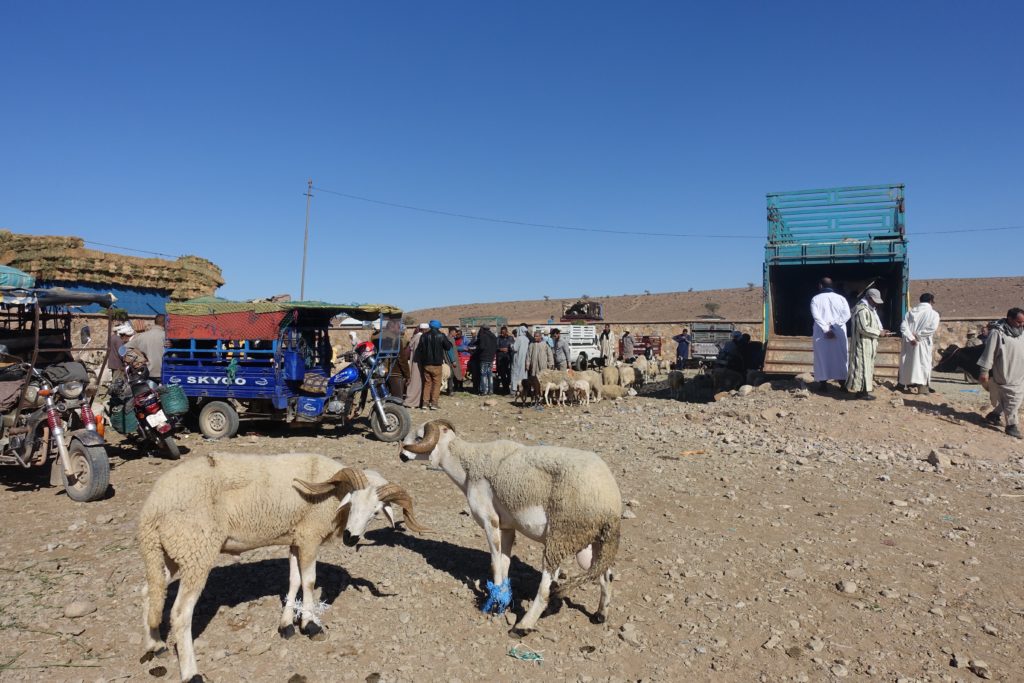
Other things you can buy there are, fruit, vegetables, meat, cookware, clothes, pretty almost everything except for coffee as far as I know.
At lunch time I walked to the area where you can find some street food stalls and had a delicious lunch for a very cheap price but when I asked to get coffee for dessert I was told that there is not coffee in the market. Luckily there was a merchant who told me he had coffee at his stall so we walked there and I got invited to a couple of glasses of coffee.
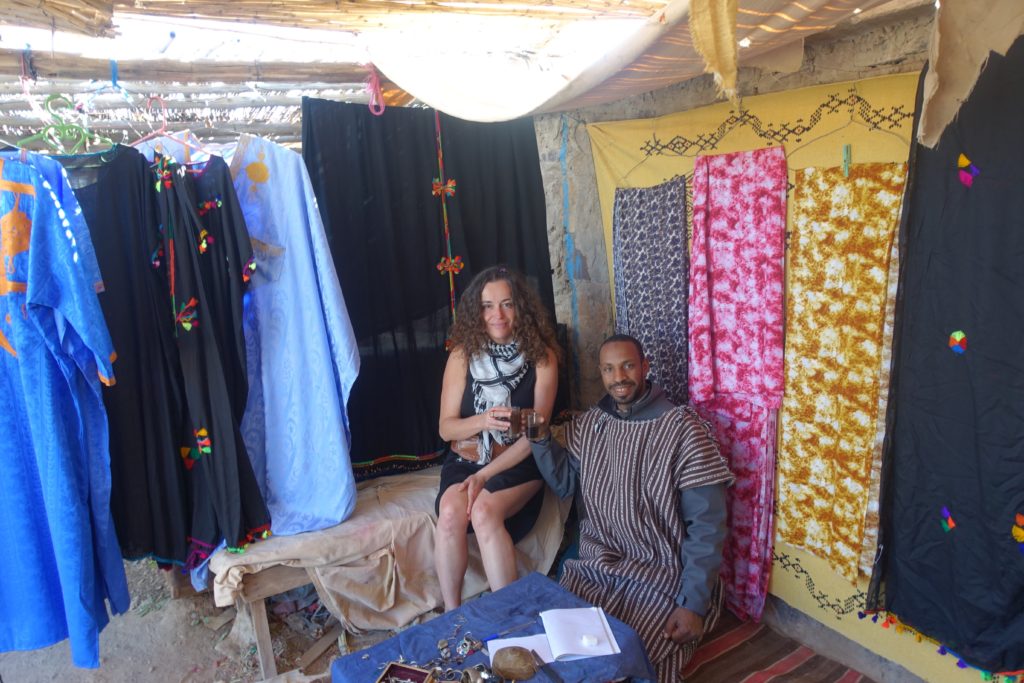
After that I walked a bit more around the market observing the local people and transactions and took a taxi back to Zagora centre.
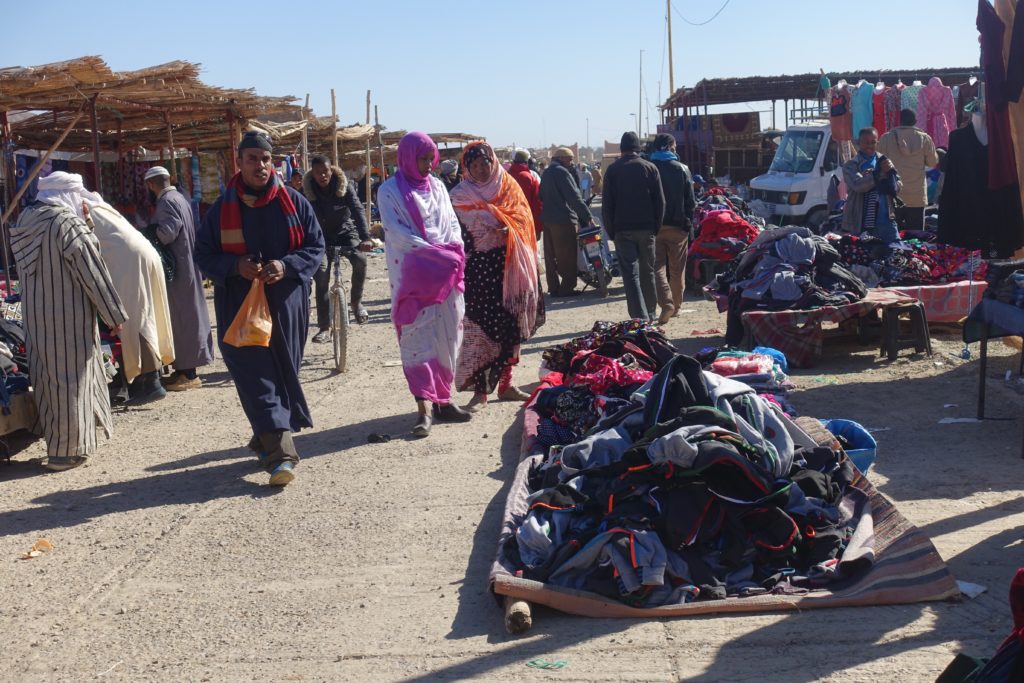
READ MORE:
Sahara desert tour: Erg Lihoudi
- BAGAMOYO: LAY DOWN YOUR HEART - April 5, 2024
- IRENTE VIEWPOINT LUSHOTO, USAMBARA MOUNTAINS - April 3, 2024
- 16 FACTS ABOUT BANGKOK - March 31, 2024

